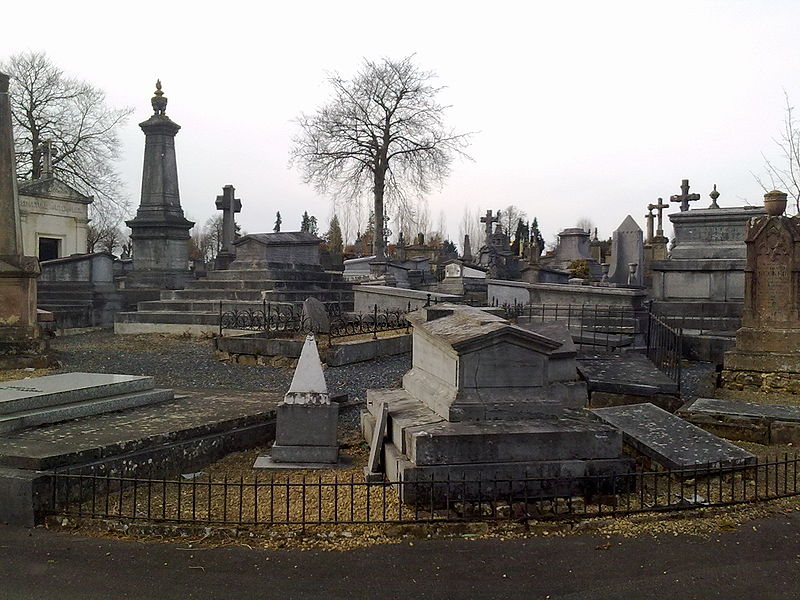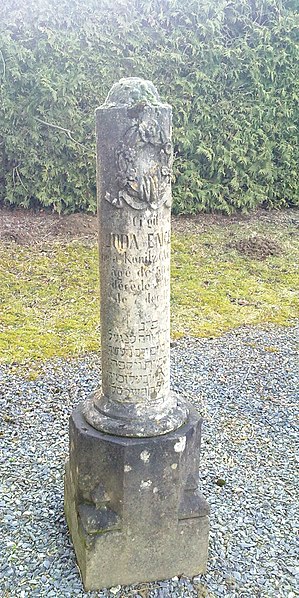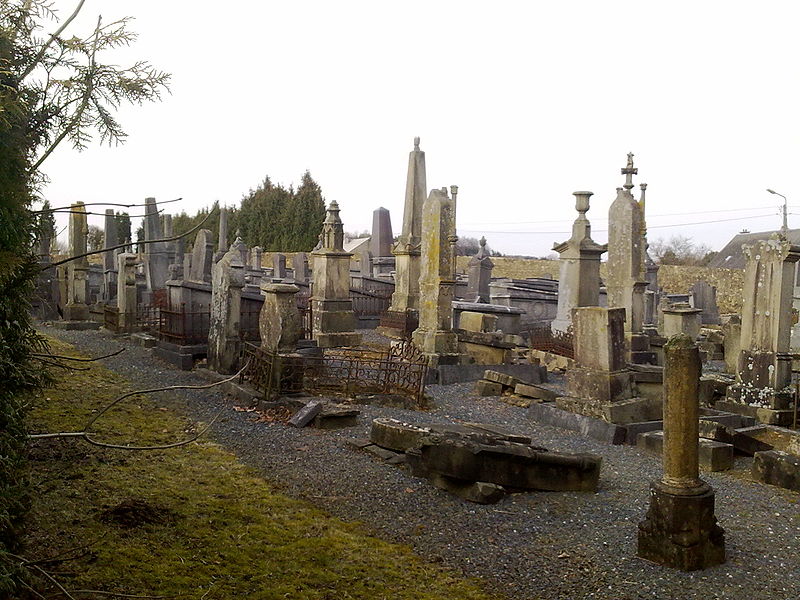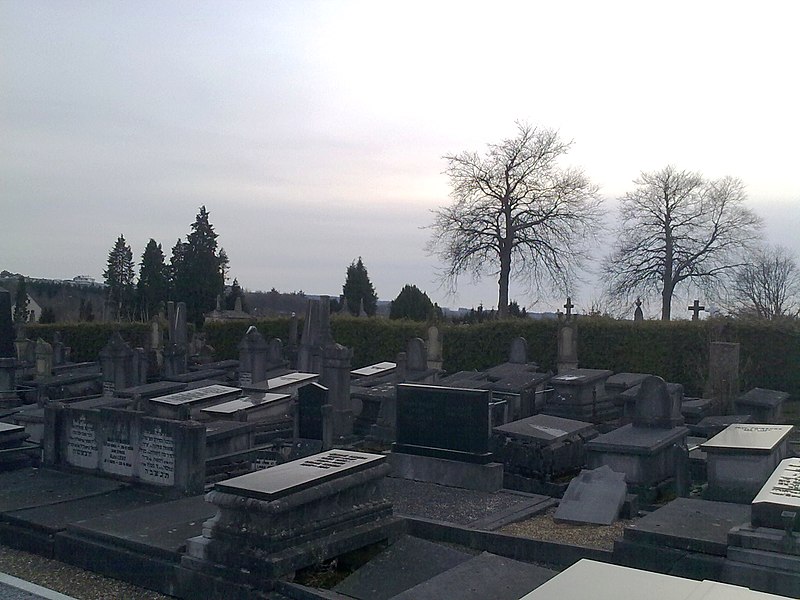Cimetière d'Arlon, Arlon

Facts and practical information
The Arlon Cemetery is the burial place of the city of Arlon, Belgium. Opened in 1853, it has two sections: Catholic and Jewish.
It was created in 1853 during the maïorate of Pierre Hollenfeltz. Three years later, in 1856, a Jewish section was opened, facing Jerusalem and separated from the first part by a hedge. The reason for this second section is the existence of a strong Jewish community in Arlon in the 19th century. Before 1856, Jews who died in Arlon were buried in the Jewish cemetery in Luxembourg. Today, it is the oldest Jewish cemetery in the Walloon Region; together with the Dieweg cemetery in Uccle, they form a unique Jewish burial site in Belgium.
Today, the Jewish section of the cemetery has an abandoned look as the 99 graves have suffered from lack of maintenance. Many slabs have slipped and are overhanging their bases. Other stones have cracked. The growth of vegetation is controlled by the use of herbicide. In 2005, a restoration project led by two scientists from the Jewish Museum of Belgium in Brussels, Philippe Pierret and Olivier Hottois, in collaboration with young European volunteers from the Aktion Sühnezeichen Friedensdienste and the Jewish community of Arlon, contributed to the partial restoration of the 19th century Jewish square. A complete and illustrated inventory has been published in the Annales de l'Institut archéologique du Luxembourg. Cf. bibliography below.
In the common cemetery, the city of Arlon has been carrying out renovation work for several years, with the help of volunteers, and repairs, straightens and cleans the tombstones. This part also includes a military section.
The previous communal cemetery, located on rue des Thermes romains, was disused in 1853. Its site is still identifiable and ancient Roman baths have been located there. Various crosses from the 17th, 18th and 19th centuries can still be seen there.
Arlon
Cimetière d'Arlon – popular in the area (distance from the attraction)
Nearby attractions include: Musée Gaspar, Archaeological Museum, St. Martin's Church, Église Saint-Donat.











